Deep within the lush and diverse forests of Southeast Asia resides a true avian gem—the Crested Fireback Pheasant (Lophura ignita). With its regal appearance, distinctive crest, and captivating behaviors, this pheasant species has earned its place as a symbol of the region’s rich biodiversity and natural beauty. In this article, we delve into the captivating world of the Crested Fireback Pheasant, exploring its appearance, habitat, behaviors, and the importance of its conservation.
Crested Fireback Pheasant images
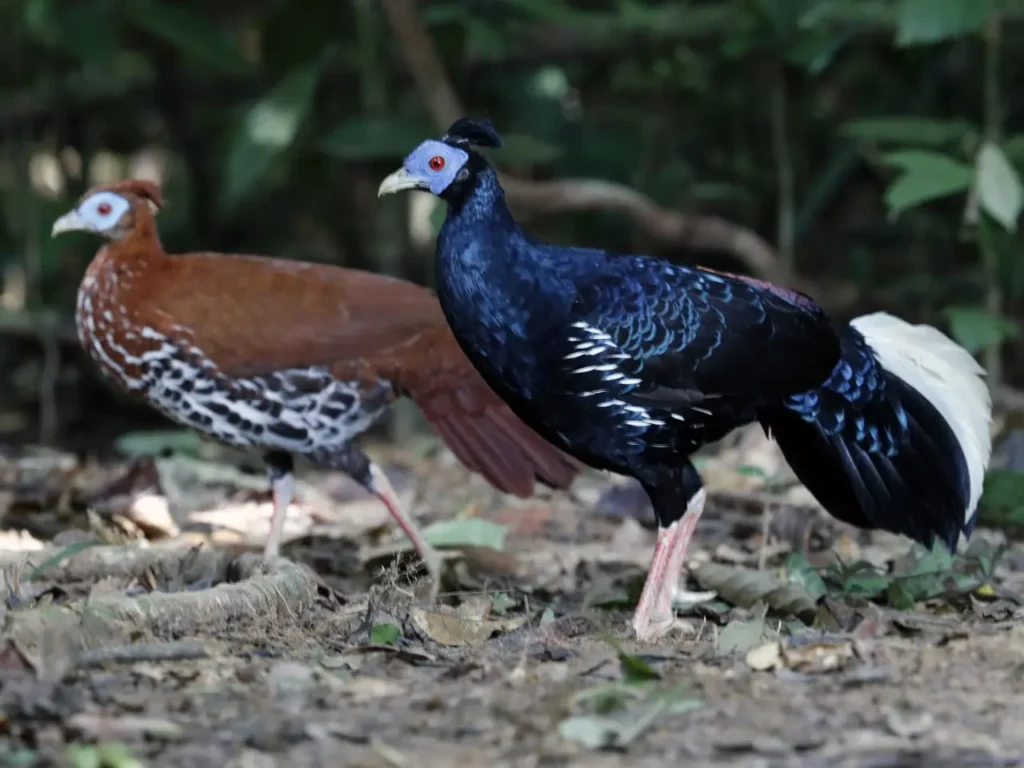
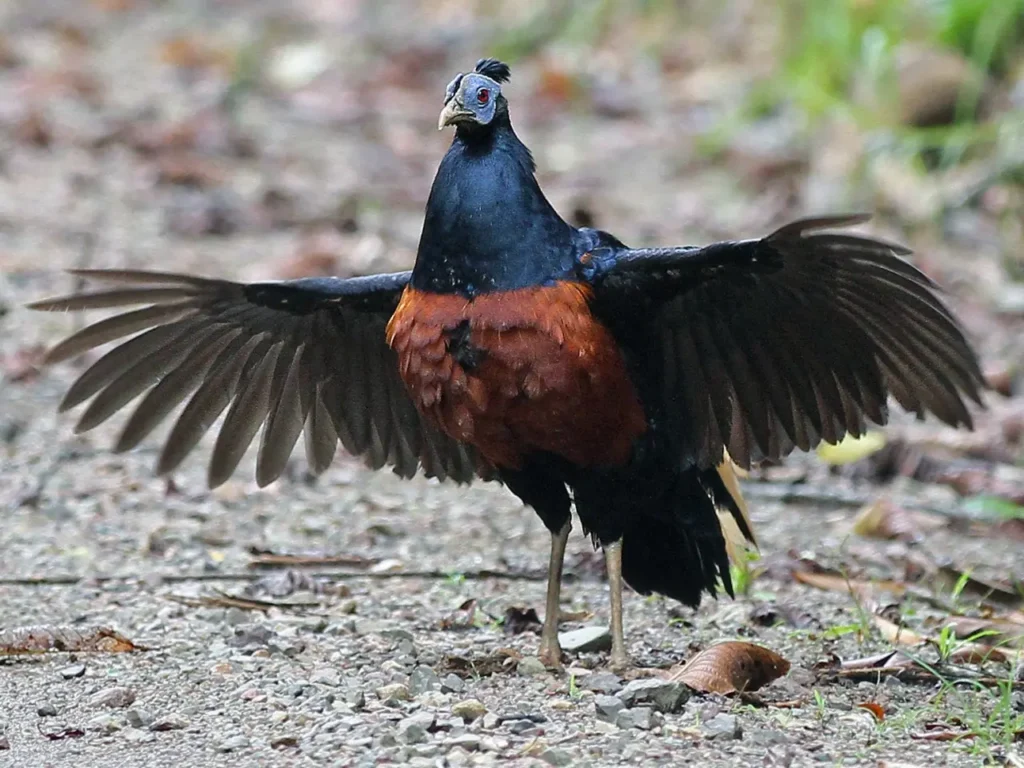
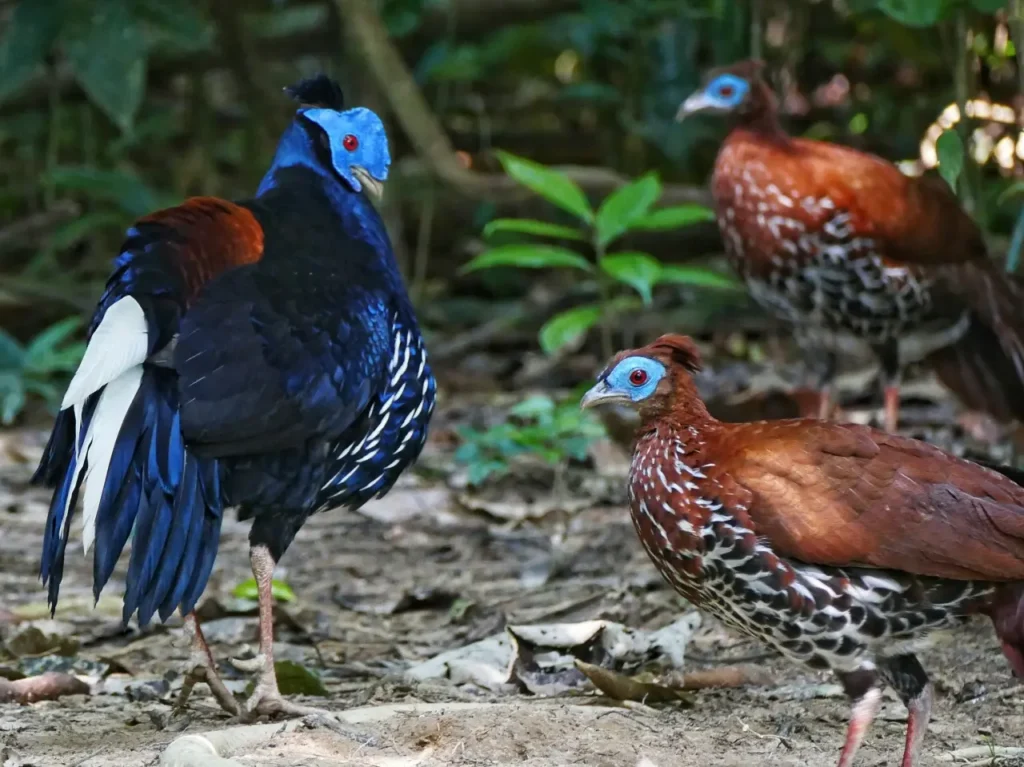
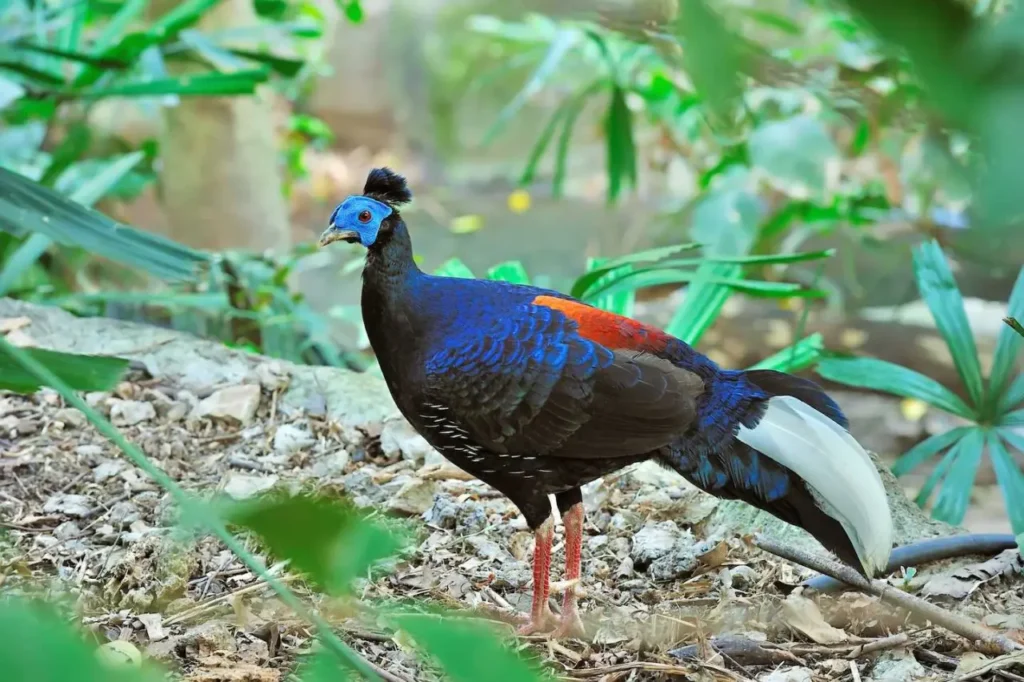
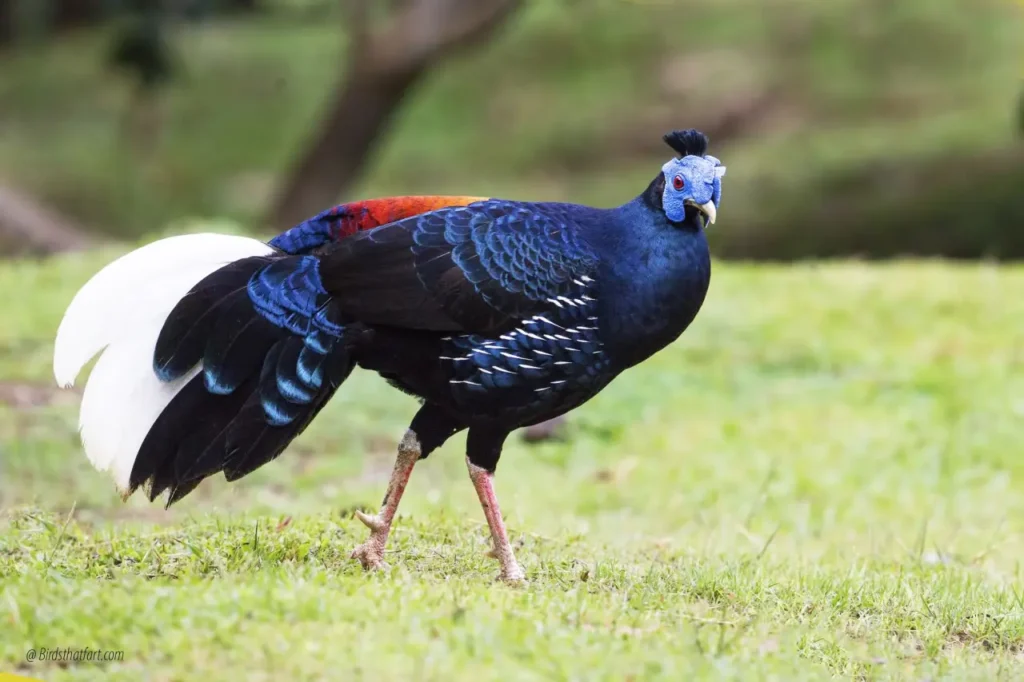
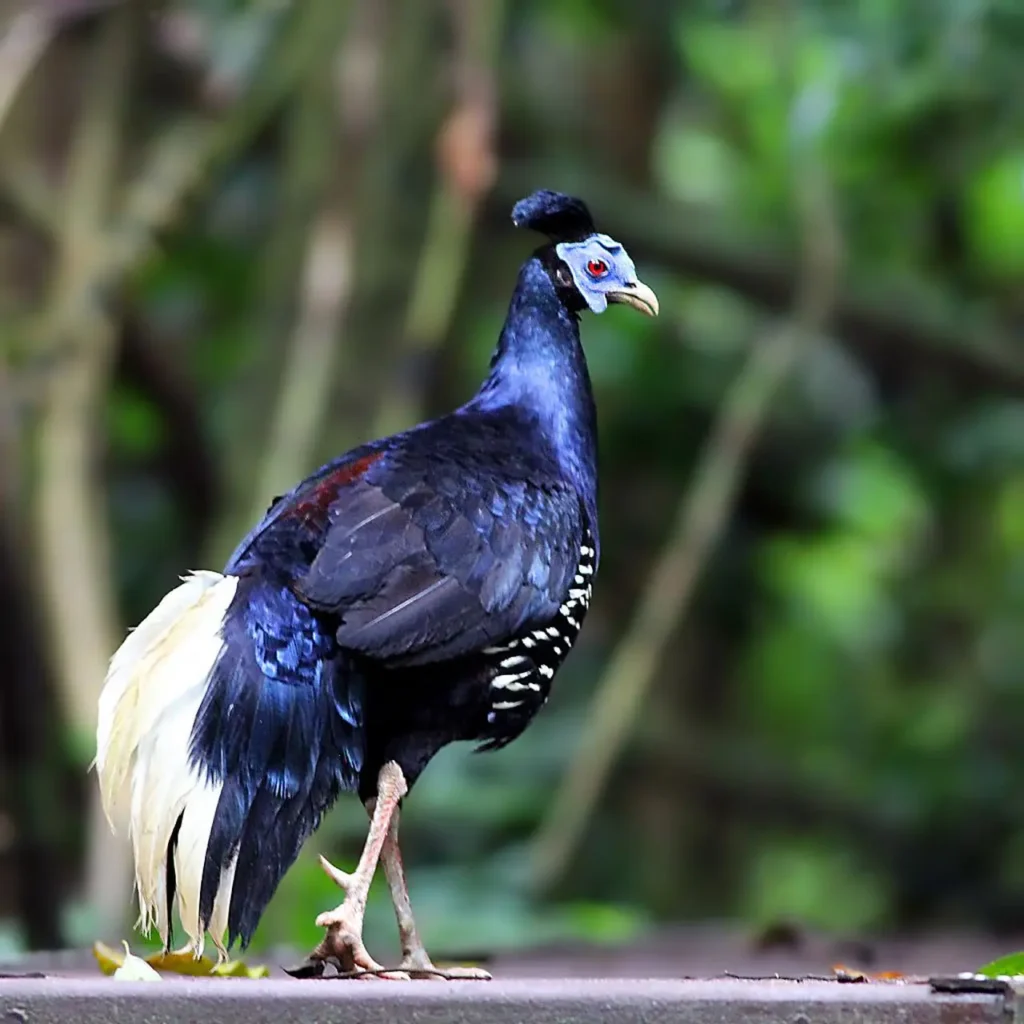
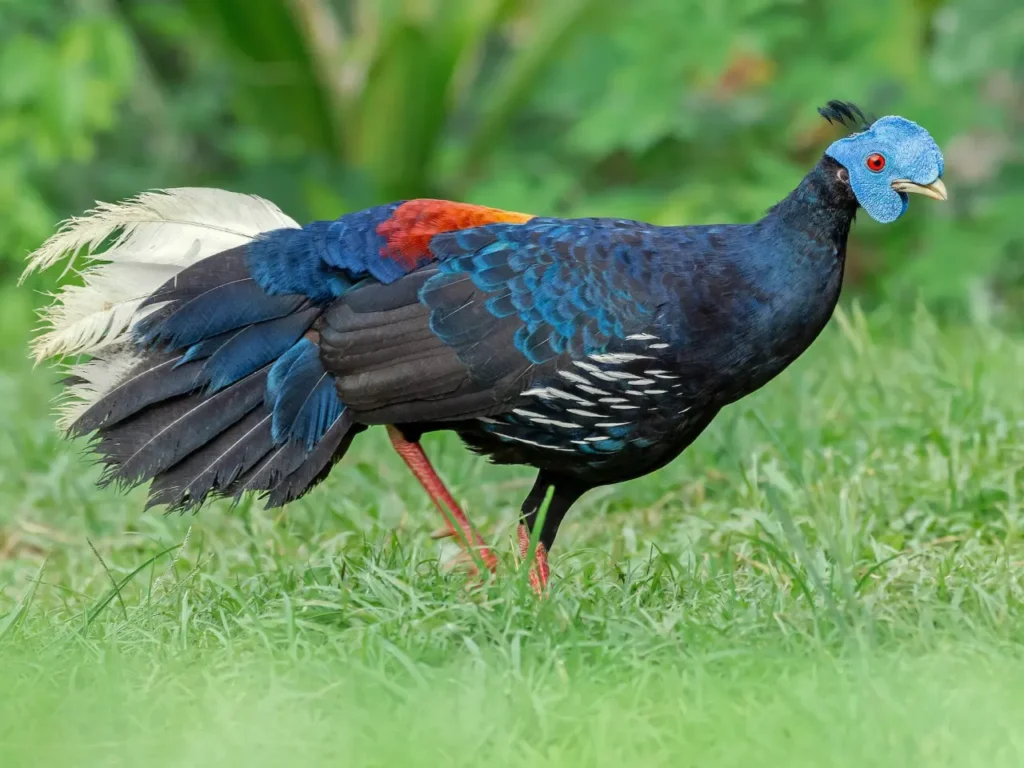
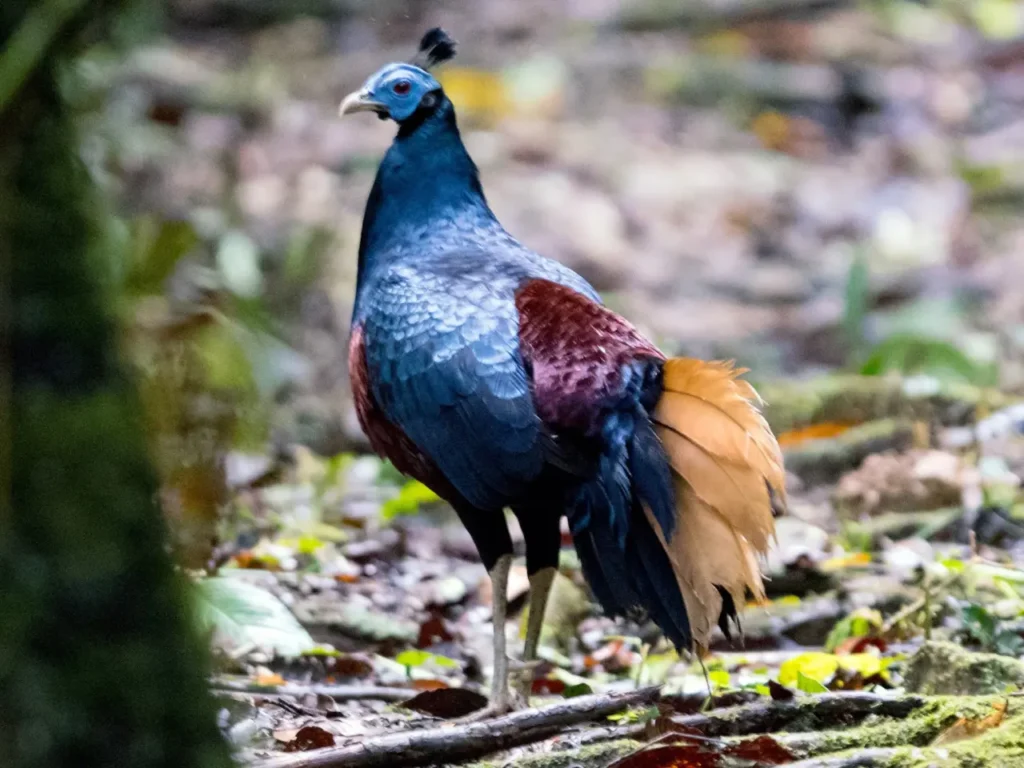
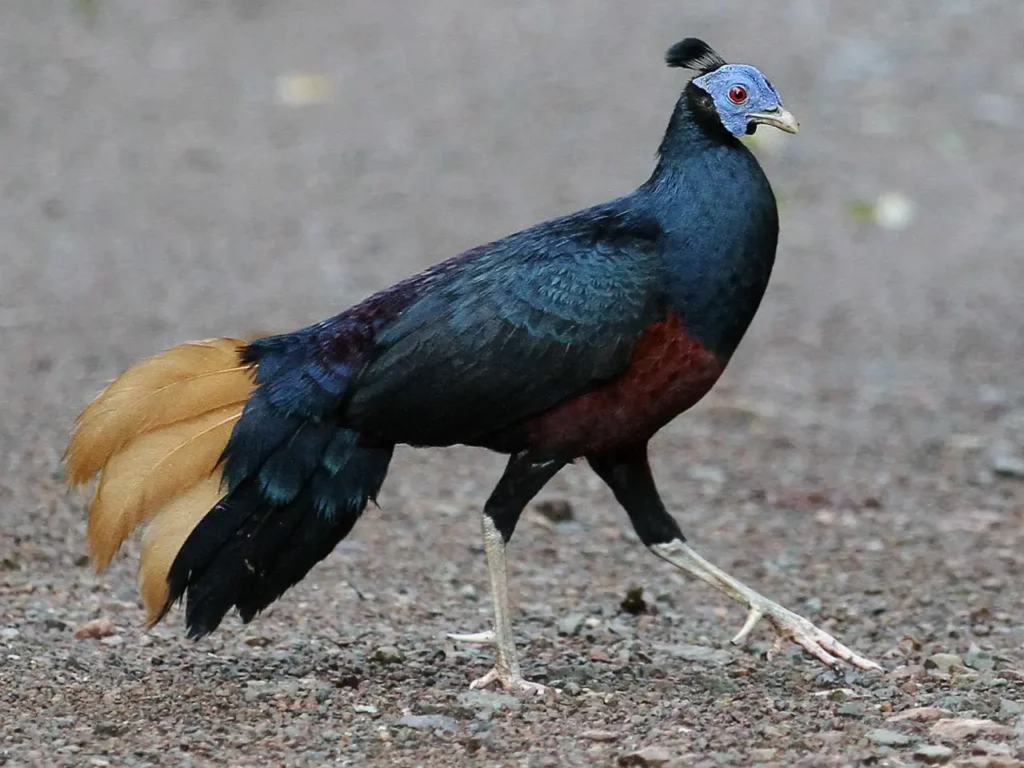
Appearance and Characteristics
The Crested Fireback Pheasant is a true masterpiece of nature’s artistry. Males of this species showcase a striking combination of colors and patterns. Their plumage is a captivating blend of metallic blues, deep greens, and iridescent purples, giving them an aura of regal elegance. The most distinctive feature of the male Crested Fireback is the ornate crest of feathers on its head, which can be raised in a display of confidence or excitement.
Females, while not as flamboyantly colored as their male counterparts, possess a more subtle beauty with their brownish plumage, allowing them to blend seamlessly into their forested surroundings. This sexual dimorphism serves a dual purpose—camouflage for females and a vibrant display for males during courtship rituals.
Habitat and Range
The Crested Fireback Pheasant is native to the rainforests of Southeast Asia, particularly countries such as Malaysia, Indonesia, Thailand, and parts of Myanmar. These pheasants inhabit dense and humid lowland forests as well as montane regions, showcasing their adaptability to various elevations and habitats.
Behavior and Courtship
Courtship displays in the animal kingdom are often captivating, and the Crested Fireback Pheasant is no exception. Males perform elaborate displays to attract females, showcasing their striking plumage and raising their crests to full glory. Vocalizations, wing-flapping, and strutting are all part of the courtship ritual that aims to secure a mate.
Conservation and Challenges
Like many species in Southeast Asia, the Crested Fireback Pheasant faces challenges related to habitat loss and fragmentation due to deforestation and human encroachment. As their natural habitats are increasingly threatened, these pheasants are pushed to the brink. Conservation efforts aimed at preserving and restoring their habitats, along with initiatives to combat illegal hunting, are crucial for the survival of these magnificent birds.
Cultural Significance
Beyond their ecological importance, the Crested Fireback Pheasant holds cultural significance in the regions it inhabits. Its beauty and uniqueness have inspired local stories, folklore, and art, contributing to the cultural fabric of Southeast Asian societies.
The Crested Fireback Pheasant stands as a living testament to the beauty and diversity of Southeast Asian forests. Its regal appearance, vibrant behaviors, and cultural significance underscore the importance of preserving the intricate ecosystems that support its existence. By supporting conservation efforts and raising awareness about these magnificent birds, we ensure that the forests of Southeast Asia continue to resonate with the timeless calls and captivating displays of the Crested Fireback Pheasant.








